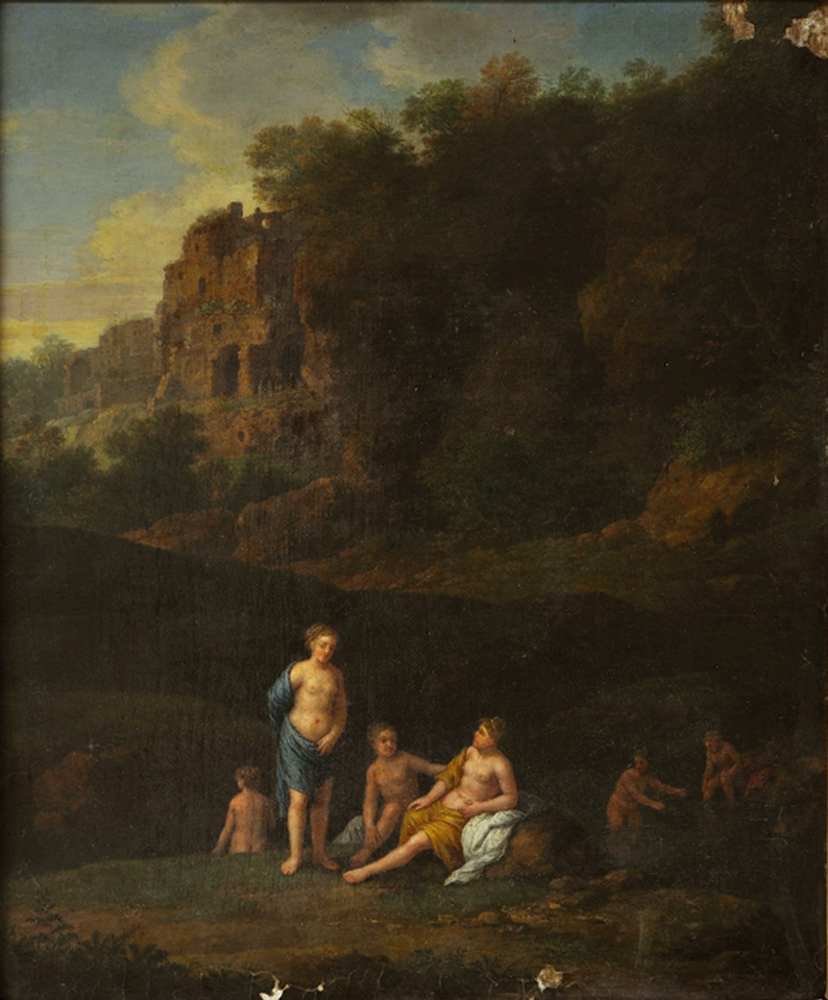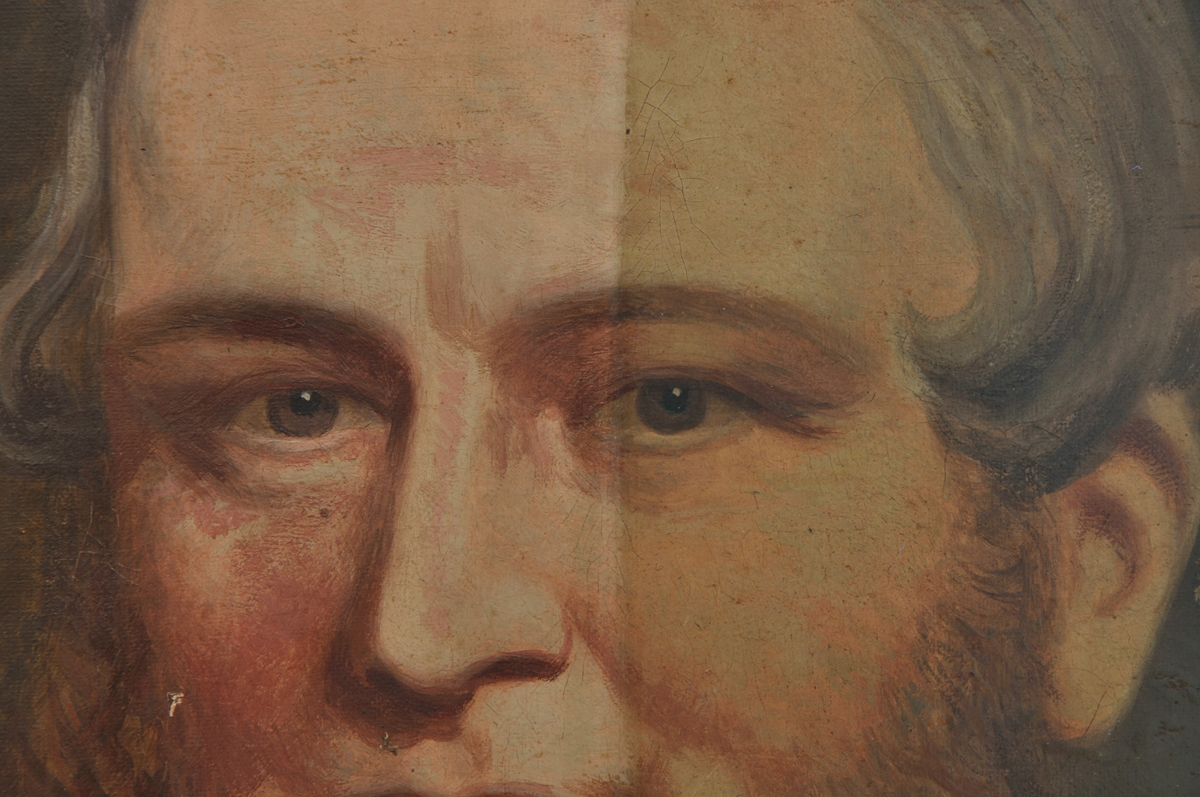Ultraviolet radiation
Ultraviolet radiation
UV radiation has shorter wavelengths than visible light. The natural source of UV radiation is the sun but it can also be emitted by specially designed fluorescent lamps, mercury vapour lamps and light-emitting diodes. All these artificial ultraviolet sources emit the UV radiation at different wavelength. The most useful UV band in the examination of artworks is 360nm (near UV). Today almost any painting analysis begin with UV examination because it is a very quick and inexpensive test that can provide very useful information and help to determine the next appropriate analysis technique or conservation approach.
There are two ways to use UV radiation to take photographs - reflected ultraviolet and ultraviolet fluorescence photography. In reflected UV photography the surface of the painting layer is illuminated directly by UV emitting lamps (radiation sources). The radiation is partly absorbed and reflected by the painting layer. A UV transmitting, visible light blocking filter is placed on the camera lens that allows only reflected ultraviolet to pass. The filter absorbs all visible light. This technique allows the conservator to examine the condition of the varnish layer and may also detect fungal growth.
In UV fluorescence photography the filter is placed in the front of the UV source to absorb all the visible spectrum of radiation, allowing only the desired ultraviolet to pass and reach the object. The painting layer absorbs the invisible-to-the-human eye UV radiation and agitated reactive materials in the painting layer emit fluorescence which is in the visible spectrum. A second UV cut filter is placed in the front of the camera lens to allow only the desired visible fluorescence to be recorded by the camera.
UV fluorescence photography can reveal the presence of natural resin varnishes, as these often fluoresce under UV light while newer varnishes do not. It is also possible to identify any retouchings and over-paintings as they appear as nonfluorescing dark spots in contrast to the original fluorescent areas. For instance the authenticity of the original inscriptions or signatures can be confirmed in the UV fluorescence photography. The fluorescence phenomenon can also help the conservator to identify the materials used by the artist in the process of creation of the artwork. The fluorescence occurs frequently in organic materials and is a rare phenomenon in inorganic materials. Certain pigments and binders can fluoresce with very precise colours under UV, however this identification technique must be used very carefully as many factors can influence the fluorescence of the materials. One of them is impurities that can strongly influence the fluorescence colour and may even cause the fluorescence to diminish or disappear.
The UV radiation is also a valuable tool in checking the progress of the surface cleaning or varnish removal treatment and also to inspect the object after the restoration treatment.
The UV examination has some limits. For instance, very old over-paintings or retouchings executed in the past and examined with the UV light can be difficult to distinguish as they tend to fluoresce after eighty or hundred years. Thus the uniform fluorescence of the painting layer does not have to exclude the past interventions. Further x-ray examination can add more conclusive technical information about the painting.












INFO












INFO



